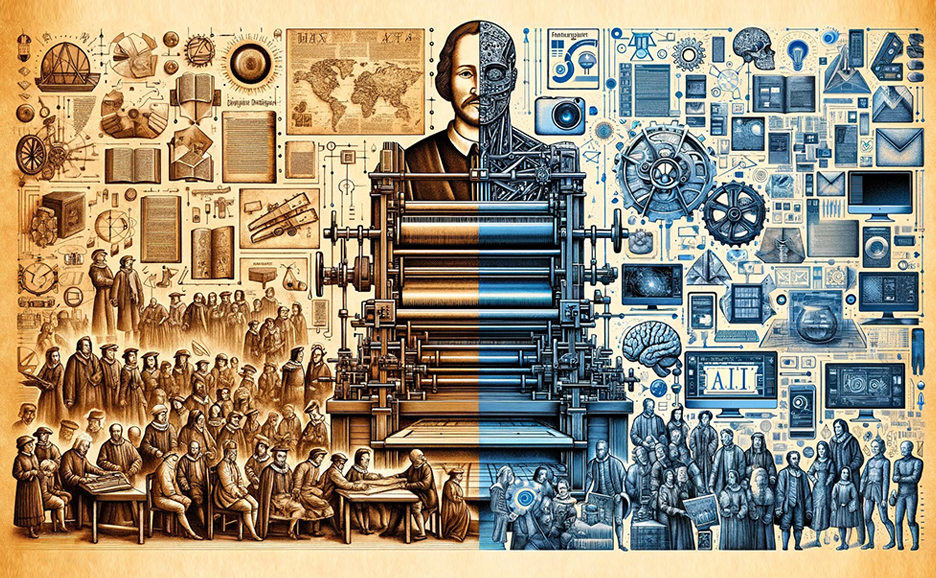Addressing Common Concerns in Implementing Gen AI Solutions: A Practical Guide

Article|2024-08-29
7 minute read
In the past few months, my experience with building and introducing Generative AI (Gen AI) solutions has revealed several common concerns that organizations have when moving from Proof of Concept (PoC) to production. These concerns often revolve around:
These are valid concerns, and they deserve careful consideration and strategic planning. In this blog, I will address each of these issues and provide solutions that can help organizations confidently move forward with AI automation.
1. The Quality of Gen AI Responses and Hallucinations
One of the most significant concerns for organizations is the quality of Gen AI responses, particularly the risk of hallucinations—instances where AI generates inaccurate or nonsensical information. These concerns can be mitigated by creating a data lake and ingesting relevant data specific to your use case into a vector database. Technologies like Retrieval-Augmented Generation (RAG) and LangChain can be employed to ensure that AI models have access to accurate, domain-specific information, which significantly reduces the chances of hallucinations. Extending this approach to include Knowledge Graphs (KG) can further enhance the quality and relevance of AI responses.
Working for Fujitsu, I have personally tried and tested our Gen AI solution, which is built using our AI platform Kozuchi, and the results of the AI response have been very accurate.
2. Budget Constraints for Production
Another common concern is the lack of budget for taking AI solutions from PoC to production. The key here is to start small and scale according to your existing budget. There is no need to rush into a big-bang implementation. By beginning with a modest deployment, organizations can gradually realize the cost savings generated by AI automation, which can then be reinvested to expand AI capabilities over time. This incremental approach not only minimizes financial risk but also allows for more controlled and manageable scaling of AI initiatives.
3. Fear of AI Replacing Humans?
The fear that AI will replace human jobs is a pervasive concern. However, as Prof and Director of AI Amin Behesti from Macquarie University in Sydney wisely stated, "AI will not replace humans, but humans who use AI will replace humans who don’t use AI." The reality is that while AI can automate many tasks currently performed by humans, it also frees up human workers to focus on more creative and strategic endeavours. Rather than replacing jobs, AI shifts the focus of work towards innovation, problem-solving, and addressing complex societal challenges like wars, diseases, and crime. AI empowers humans to do more meaningful work and contribute to solutions that make a real difference.
Consider the history of industrial revolutions: they consistently transitioned human beings from low-paid, labor-intensive jobs to roles that offer higher pay, greater satisfaction, and more meaningful work. For instance, during the Industrial Revolution, many workers moved from manual agricultural labor to factory jobs. While factory work might have seemed daunting initially, it provided better wages and more consistent employment compared to the seasonal and often unstable nature of farm work.
As technology advanced, those factory jobs themselves evolved, requiring more skilled labor and offering better pay. This shift allowed individuals to move into supervisory, technical, or administrative roles, which were not only better compensated but also offered greater job satisfaction and opportunities for professional growth.
Similarly, in the digital age, the rise of computers and automation led to a decline in clerical jobs like typists and switchboard operators. However, this shift created new opportunities in IT, data management, and digital communication, which are far more lucrative and fulfilling.
In the context of AI, we're witnessing a similar pattern. While AI can automate routine tasks, it also opens up new avenues for higher-level, creative, and strategic work. For example, consider the automation of data entry tasks in finance. While AI might take over the monotonous job of entering data into systems, the freed-up human workforce can focus on interpreting that data, providing insights, and making strategic decisions—roles that are more challenging, better paid, and more satisfying.
In every industry revolution, the trend has been consistent: technology might replace certain jobs, but it also creates new opportunities that are often more rewarding. The key is to embrace these changes and prepare for the more advanced roles that technology enables.
4. The Impact of AI on Existing Business Interfaces
Some organizations worry that AI automation could disrupt existing business interfaces to the point where they need to upgrade their entire application suite. This concern can be alleviated by developing AI agents that interact with other AI agents in a loosely coupled manner. This approach ensures that AI systems can be integrated without overhauling existing applications, allowing organizations to leverage AI’s benefits without extensive modifications to their current infrastructure.
Conclusion
Organizations can achieve significant cost savings through AI automation, enabling them to channel these savings into further AI initiatives. Rather than fearing AI as a job replacer, we should see it as a tool that elevates human creativity and problem-solving. With technologies like RAG, vector databases, and Knowledge Graphs, we have the means to address the challenges of AI hallucinations and deliver domain-specific, accurate answers. By addressing these common concerns thoughtfully and strategically, organizations can unlock the full potential of Gen AI, driving innovation and efficiency in the process.
Sohan Domingo
Head of Digital Shifts at Fujitsu
A successful, passionate and driven Entrepreneur (Tuckout PTY LTD) with international experience, in the field of Software, Mobility, databases, Telecommunication/Radio & Infrastructure Architecture, Sohan has led and designed solutions for multi-million dollar projects such as Public Safety (Police, Fire, Ambulance), PSIM (Oil & Gas), and Utilities across EMEA & Australia.

You may like
How AI creates more sustainable customer journeys

A financially sustainable approach to carbon neutrality

Happier employees can have a positive impact on your value chain

Fixing Gen AI trust issues: three focus areas to keep on your radar

AI: The Digital Age's Gutenberg Printing Press

